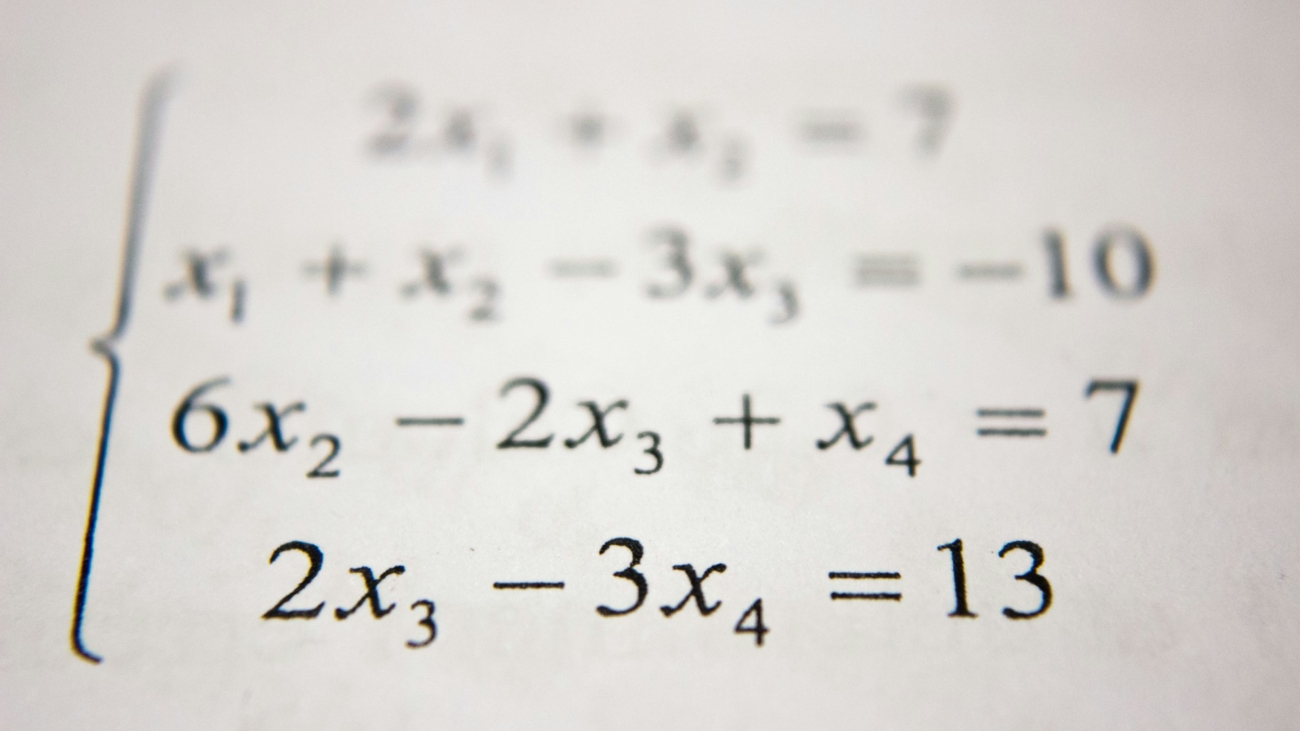As education continues to evolve in the digital age, the integration of Augmented Reality (AR) into teaching practices is proving to be a game-changer, particularly in the field of mathematics. AR’s ability to bring abstract mathematical concepts to life offers an innovative approach to teaching and learning. By enabling students to visualize and interact with complex ideas such as geometric shapes, graphs, and algebraic functions, AR makes learning more engaging and comprehensible.
The Challenge of Teaching Mathematics
Mathematics has traditionally been a subject that many students find challenging due to its abstract nature. Concepts such as multi-dimensional geometric shapes, intricate algebraic functions, and complex graphs often remain intangible and difficult to grasp when taught through conventional methods. This abstractness can lead to a lack of interest and confidence among students.
How AR Transforms Mathematical Learning
- Visualizing Geometric Shapes: AR allows students to visualize and manipulate geometric shapes in a three-dimensional space. For instance, a student can use an AR app to examine a 3D model of a polyhedron from all angles, understanding its properties and relationships between faces, edges, and vertices. This hands-on interaction makes learning geometry more intuitive and concrete.
- Interacting with Graphs: Understanding graphs is crucial in subjects like algebra and calculus. AR can help students interact with graphs in real-time, manipulating variables and observing changes in the graph’s shape and behavior. For example, students can use AR to explore the effects of changing coefficients in a quadratic equation, visually comprehending the impact on the parabola’s position and curvature.
- Exploring Algebraic Functions: Algebra often involves abstract manipulation of symbols and equations. AR can make these concepts tangible by allowing students to visualize how algebraic functions transform. By overlaying graphs and equations in an AR environment, students can see the direct correlation between the algebraic expression and its graphical representation.
Benefits of AR in Mathematical Education
- Enhanced Comprehension: AR bridges the gap between abstract concepts and real-world understanding. By visualizing and interacting with mathematical ideas, students can develop a deeper comprehension of the subject matter.
- Increased Engagement: AR makes learning interactive and fun, increasing student engagement. The novelty and immersive nature of AR technology capture students’ attention and make learning more enjoyable.
- Improved Retention: Studies have shown that interactive learning experiences can improve retention rates. AR’s hands-on approach helps reinforce concepts, making it easier for students to remember and apply what they have learned.
- Personalized Learning: AR can cater to different learning styles and paces. Students can explore concepts at their own speed, revisit challenging areas, and receive instant feedback, creating a more personalized learning experience.
- Real-World Applications: AR can demonstrate the real-world applications of mathematical concepts, showing students how math is used in various fields such as engineering, architecture, and computer science. This contextual learning can motivate students to appreciate the relevance of mathematics.
Implementing AR in the Classroom
- AR Applications and Tools: There are various AR applications and tools available that teachers can integrate into their curriculum. Apps like GeoGebra AR and Math AR offer interactive features that bring mathematical concepts to life.
- Teacher Training: Effective implementation of AR requires teachers to be comfortable with the technology. Professional development programs and training sessions can equip teachers with the necessary skills to use AR tools effectively.
- Curriculum Integration: AR should be seamlessly integrated into the curriculum to complement traditional teaching methods. Lesson plans can incorporate AR activities that align with learning objectives and reinforce key concepts.
- Access and Equity: Ensuring all students have access to AR technology is crucial. Schools need to invest in the necessary devices and infrastructure to support AR learning, and consider solutions for students who may not have access to these resources at home.
Conclusion
The integration of Augmented Reality in teaching mathematical concepts holds immense potential to revolutionize education. By making abstract ideas more concrete and easier to understand, AR enhances student engagement, comprehension, and retention. As technology continues to advance, embracing innovative tools like AR can help educators create a more interactive and effective learning environment, preparing students for a future where understanding complex mathematical concepts is more accessible and engaging.

